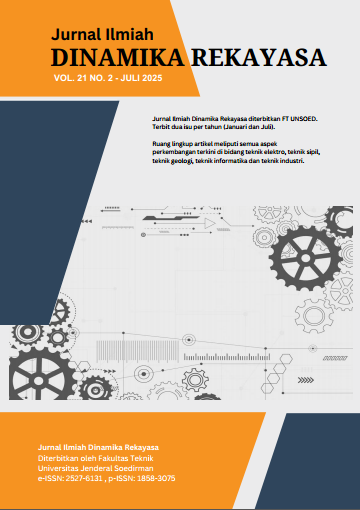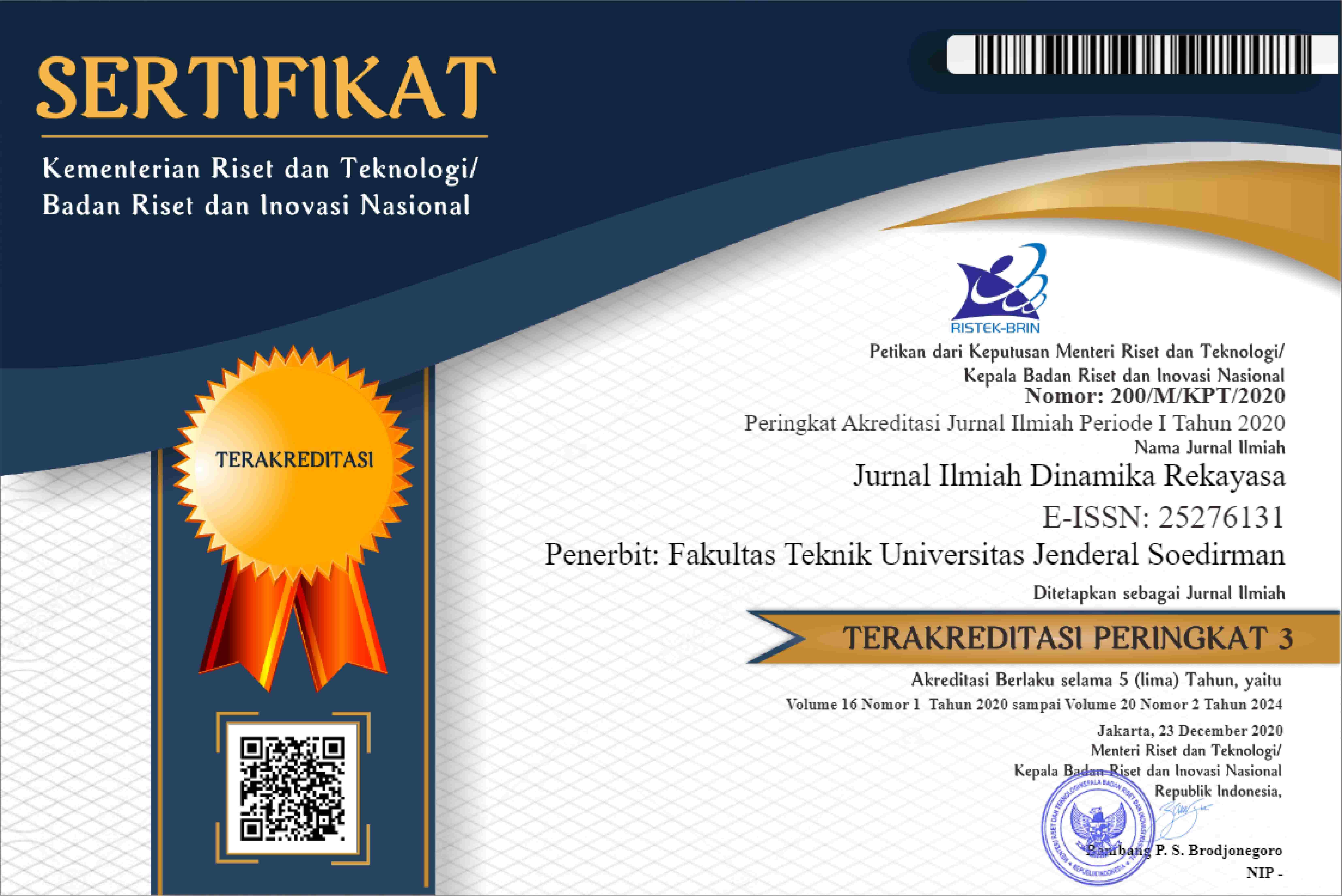Mineral Parageness of Copper Skarn Deposits in Tambulun Prospect, Sulit Air, West Sumatera
DOI:
https://doi.org/10.20884/1.jidr.2025.21.2.32Keywords:
mineral paragenesis, tambulun prospect, cu skarn, sulit airAbstract
The Tambulun Prospect, Sulit Air, Solok Regency, West Sumatra, is one of the locations indicating the presence of a copper (Cu) skarn mineralization system. This study aims to identify the mineral paragenesis in the skarn system through petrographic and ore microscopic analysis. The skarn formation process is caused by the intrusion of Sulit Air granodiorite that penetrates the Tuhur Formation limestone, resulting in alteration zones in the form of exoskarn (garnet–pyroxene, garnet–pyroxene–wollastonite, pyroxene–quartz ± epidote ± chlorite) and endoskarn (pyroxene–k-feldspar–chlorite–epidote) alteration. Skarn formation is divided into four main stages, namely: (1) isochemical metamorphism, (2) prograde stage with the formation of high-temperature calc-silicate minerals, (3) retrograde stage with the emergence of lower-temperature minerals such as epidote and calcite, and (4) supergene stage. The dominant copper mineralization is chalcopyrite, bornite, covellite, and chalcocite. In the prograde phase, chalcopyrite fills fractures along with quartz veins in the garnet–pyroxene zone. The retrograde phase is characterized by the presence of bornite and chalcocite along with calcite and epidote veins that intersect the garnet–pyroxene–wollastonite alteration zone. The supergene phase shows secondary mineralization such as covellite, hematite, malachite, azurite, and chrysocola that fill fractures and pores in the rock. Understanding mineral paragenesis can explain the hydrothermal evolution of skarn systems and provide information for exploration efforts for economic metal deposits in the surrounding area.







